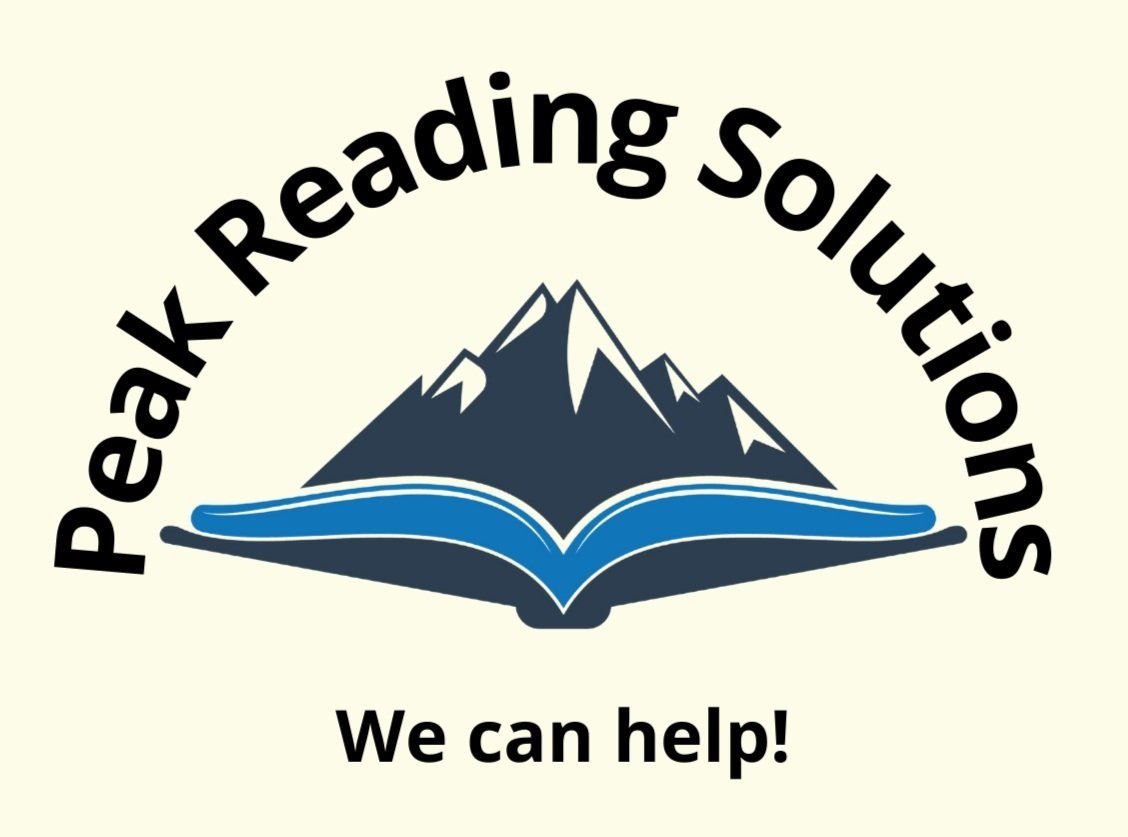Math Instruction
Embarking on a transformative journey in math education, our approach is tailored to empower every student, recognizing and celebrating diverse learning styles. Rooted in direct, systematic, and multisensory methods, our structured approach is designed for those who have faced challenges in understanding math. We believe in creating neural connections through engaging auditory, visual, and tactile components, fostering a comprehensive and memorable learning experience. By emphasizing conceptual understanding over rote procedures and incorporating hands-on activities, we pave the way for students to not only comprehend but thrive in numeracy, place value, operations, and beyond. Join us in reshaping the math learning experience for those who seek a fresh, dynamic, and inclusive approach.
Multi-sensory Math
Multisensory math instruction is particularly beneficial for learners with dyscalculia, a learning difficulty specific to mathematical skills. Dyscalculia can pose challenges in understanding numbers, arithmetic operations, and mathematical reasoning. This approach tailors instruction by incorporating visual aids, such as color-coded materials and diagrams, to enhance comprehension of abstract concepts. Additionally, auditory components and hands-on activities provide multiple channels for reinforcement, addressing difficulties in processing numerical information and creating a supportive learning environment for individuals with dyscalculia.
For dyscalculic learners, multisensory math instruction employs a combination of visual, auditory, tactile, and kinesthetic elements. Visual aids and charts make abstract concepts more visually comprehensible, while auditory components, like verbal explanations, reinforce understanding. Tactile and kinesthetic activities, such as manipulatives and hands-on exercises, facilitate a concrete understanding of numbers. This multisensory approach caters to the diverse needs of dyscalculic individuals, fostering a supportive and empowering math education experience that helps build confidence and proficiency in mathematical skills.
Concrete Materials
This program draws on research by scientists like Stanislas Dehaene and Brian Butterworth, emphasizing numeracy as a core challenge in math difficulties. It focuses on automatic recognition of quantity and patterns, such as understanding the inherent "threeness" or "fourness" of numbers without counting. Utilizing these principles, the program incorporates historic multisensory teaching strategies inspired by Montessori and Stern Math, combining elements from Multisensory Language Instruction. These include simultaneous processing, pattern recognition, color coding, hands-on instruction, and specific retrievable instructional language to enhance students' mathematical skills.
Multisensory Math offers a unique way to teach math by using hands-on objects to explain concepts. We follow a process called Concrete-Representational-Abstract (CRA), where we start with hands-on activities, move to visual aids, and then progress to working with just numbers
The idea is to help students grasp math by using real objects and visuals as memory aids. While using hands-on objects is important, the ultimate aim is for students to become skilled in math calculations and applications without relying on these aids. To achieve this, it's crucial for students to really understand the basic concepts behind the math they're learning, so they can use it in real-life situations.




